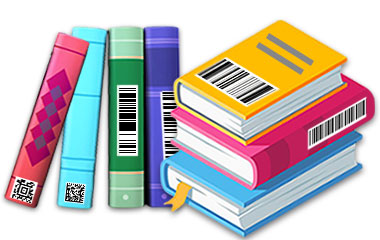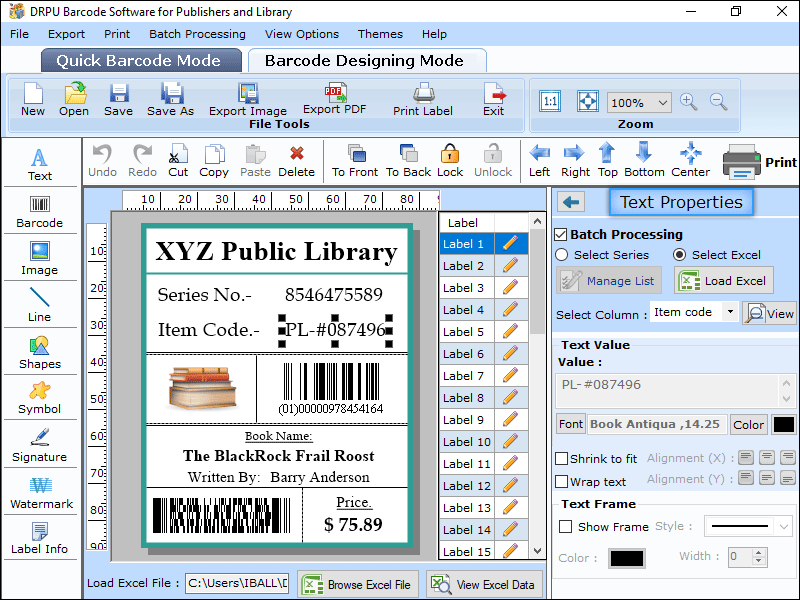The library has evolved into one of life's most important parts. Every college and institution uses the library to manage all book-related operations, such as stocking and circulation. In the age of ICT (Information and Communication Technology), libraries and information centres require new tools that will enable them to boost efficiency and enhancing customer service without employing more personnel. We can see how technology has taken over and aided the library in a variety of ways. The use of barcode technology speeds up the distribution and inspection of books, resulting in increased production and a better customer experience.

Difficulties in the manual library system:
- After the books are handed over to a student, it is difficult to trace and detect them.
- Giving the book a reservation number or a tracking id is a challenging task.
- It is difficult to offer a clearance certificate to a certain reader because the counter assistant must check the borrower's record and other documentation to determine whether or not a particular book is pending against the borrower.
- The stamping of the due/return date, as well as the process of creating additional entries, takes time while charging and discharging books.
Usage of barcode technology in different library operations
In libraries, barcodes are used to identify books or periodicals. Every book and other object have a 12-digit barcode allocated to it. It provides all of the product's details. When a student returns or issues a book, the Library Management system retrieves the bar code number so that we may enter the book into the computer in a systematic manner. A library management system aids in the organisation of books. The use of barcode technology in library circulation systems is extremely effective because to its speed, precision, and dependability.
Use of Barcode application in library
Publishers and libraries may use Barcode Generator software to design and print barcode stamps or stickers to put on magazines and books. The barcode creator programme in the library allows users to produce bulk barcodes by entering data from an Excel or Text file and printing them in large quantities on A4 paper sheets. Barcodes of high quality may be readily placed on books and scanned with any barcode scanner. Any library may simply install and maintain software with numerous barcode symbologies to access their stock, circulation, attendance, and staff identification, among other things. Use a barcode maker to track book and magazine sales to make the publishing industry more convenient and advanced.

Advantages of Barcode in library:
- 1
Human mistakes are reduced: In the library's circulation area, barcodes reduce the chance of human mistake.
- 2
Designing and printing barcodes is inexpensive: Regardless of their purpose or where they will be placed, they usually cost only a few pence.
- 3
Versatility of Barcode: Barcodes are incredibly adaptable, and they may be utilised in the library for any type of data collecting.
- 4
Enhance Library functions: Because barcodes allow for such exact tracking of library materials, stock management improves.
- 5
Data gathered by barcodes is readily available: Because the data is scanned straight into the server, it is available virtually instantly.
- 6
Barcodes help people make better judgments: Data can be acquired quickly and precisely, allowing them to make more educated decisions. Better decision-making, saves time and money in the long run.